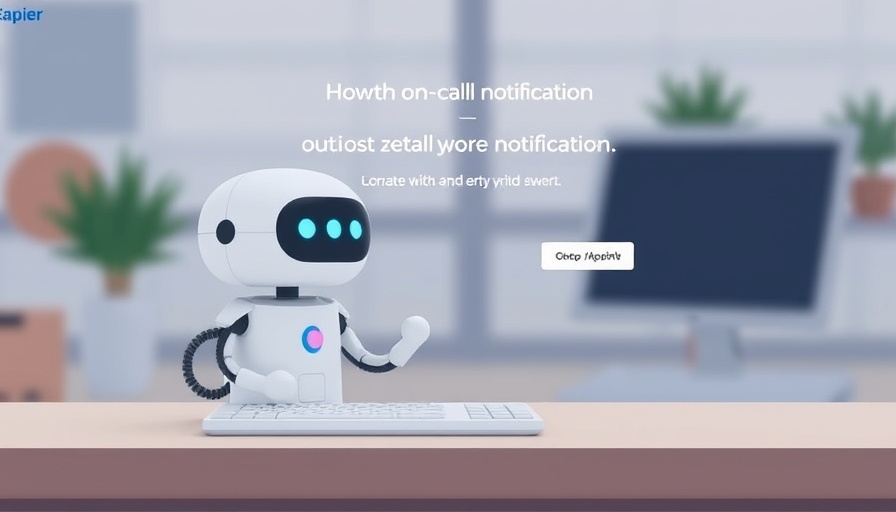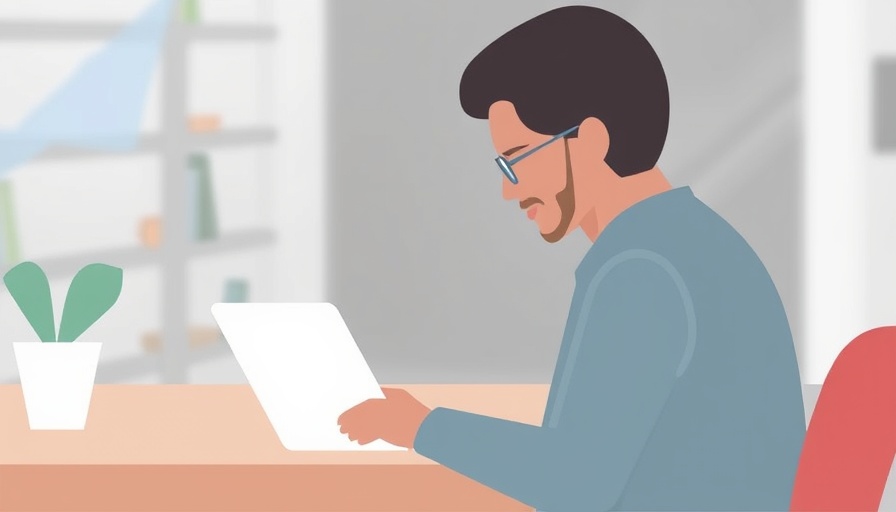
Why Implementing an On-Call Notification Bot is Essential for Modern Marketing
In today's fast-paced marketing landscape, where immediacy and responsiveness can dictate success, the utilization of automation through tools like Zapier is becoming increasingly vital. An on-call notification bot enables marketing teams to stay connected and informed, ensuring no critical incident goes unnoticed. By leveraging Zapier's capability to integrate various communication platforms, teams can drive efficiency and enhance collaboration, leading to better performance and results.
The Mechanics Behind Building an Effective Notification System
Creating an on-call notification bot with Zapier involves configuring triggers and actions across popular communication tools. For example, every time a critical alert arises—be it system downtime, a marketing campaign hiccup, or a customer support issue—Zapier can relay that information in real-time through notifications to Slack, email, or other platforms. This automation reduces response time and enhances the ability to address issues before they escalate, an essential practice for marketing professionals.
Understanding the Implications of Sanctions on Automation Tools
As global regulations evolve, the recent announcement regarding Zapier's service restrictions due to US sanctions against certain countries reinforces the importance of understanding operational limits when choosing tools for automation. Effective marketing requires that teams stay informed about compliance issues that can hinder access to necessary resources. The looming deadline of September 12, 2024, is a reminder that businesses must evaluate their operational bases and adjust strategies accordingly.
Harnessing Automation in a Sanctioned World: What Marketers Need to Know
While Zapier enhances workflow automation, countries listed under sanctions may soon become cut off from using such platforms. Marketing professionals should explore alternative solutions that comply with the regulations while still enhancing productivity. This might involve seeking out local resources or tools that can accommodate emerging compliance issues without sacrificing teamwork and responsiveness.
A Call to Action: Streamline Your Marketing Workflow Today
As the digital landscape shifts and regulatory realities set in, now is the time for marketing professionals to rethink their automation strategies. Utilize Zapier to create an on-call notification bot to keep your team agile and informed. But don’t stop there—consider the implications of broader sanctions on your operations and prepare to adapt your tools as necessary. Taking immediate action ensures your marketing efforts remain uninterrupted and effective moving forward.
 Add Row
Add Row  Add
Add 




Write A Comment